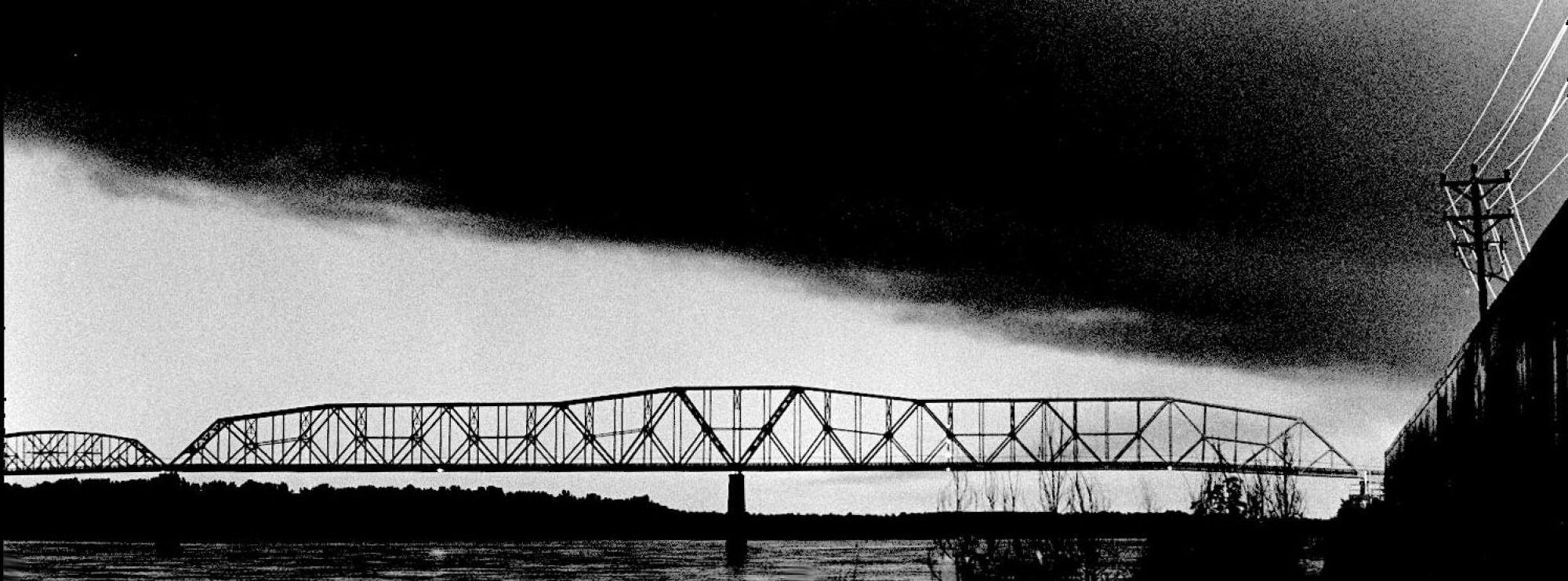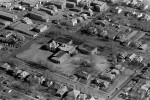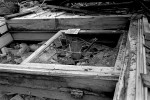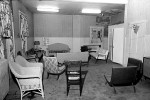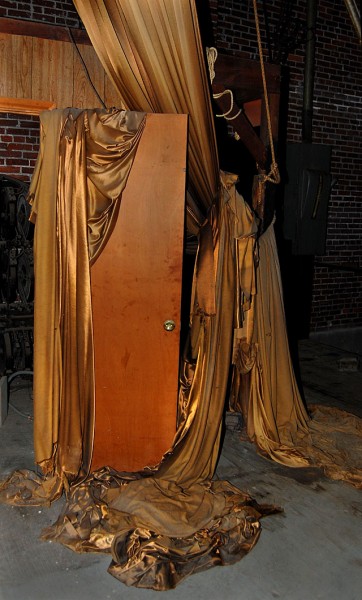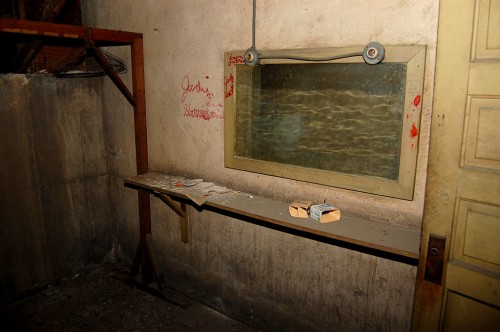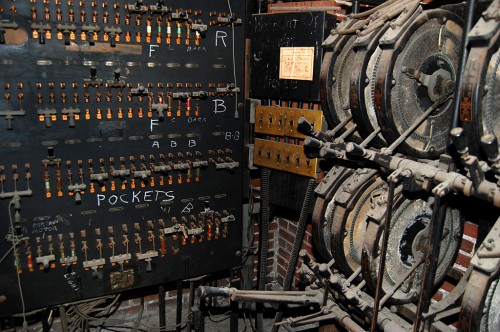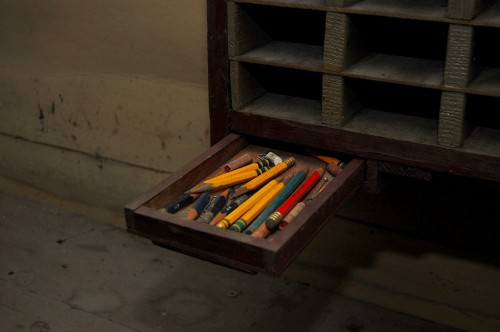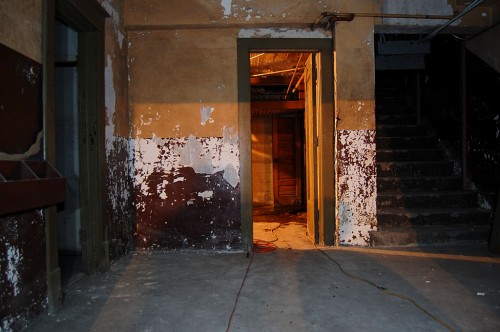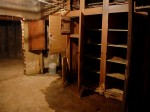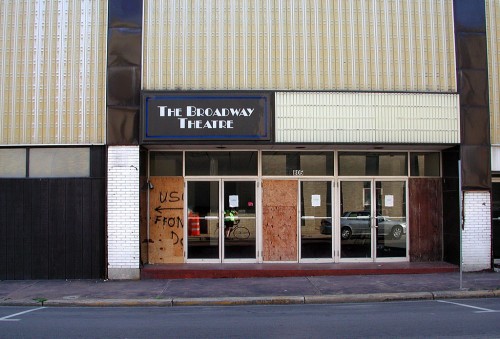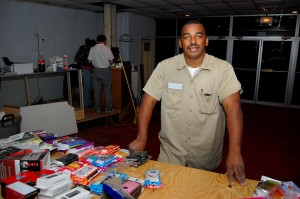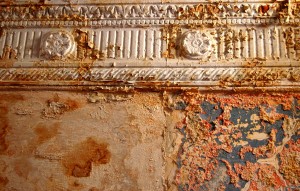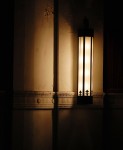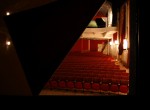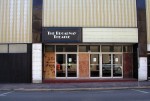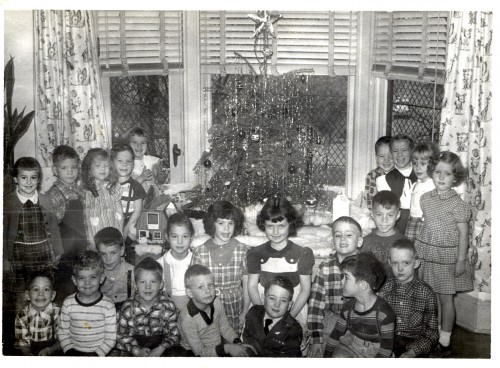 I have fond memories of Trinity Hall, previously know as the Alt House. I know I attended kindergarten, first and second grades there. There’s a slim chance that third grade was held there, too, but I might be wrong about that.
I have fond memories of Trinity Hall, previously know as the Alt House. I know I attended kindergarten, first and second grades there. There’s a slim chance that third grade was held there, too, but I might be wrong about that.
Mrs. Bohnsack was the kindergarten teacher; Mrs. Kelpe was the perfect first grade teacher who made every child feel loved; Miss Gade controlled her second grade pupils. I remember her as a rather severe woman who wore old-fashioned black high-topped shoes. You did not want to get on the wrong side of Miss Gade. Her sister, another Miss Gade, also taught at Trinity Lutheran School. Mrs. Froemsdorf taught third grade. She combined the nicer qualities of Mrs. Kelpe with mixture of Miss Gade’s sternness.
This photo shows the kindergarten class I wrote about earlier. Click on any photo to make it larger.
Aerial view of Trinity Lutheran School neighborhood
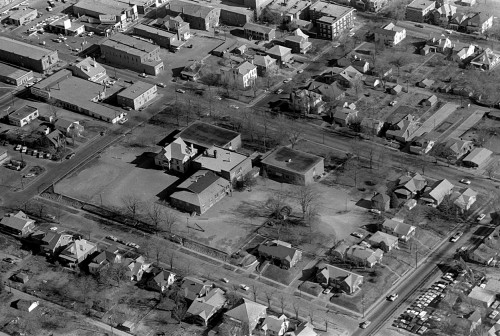 This aerial from around 1966 shows Trinity Lutheran School in the middle of the photo. If you look to the left side of the frame, there are a number of changes at the Broadway / Pacific intersection. The First Chance / Last Chance Saloon is gone. Just about everything west of the Esquire Theater has been turned into a parking lot. Howards has moved into the old Vandeven’s Merchantile. The Broadway Theater is at the top center of the photo.
This aerial from around 1966 shows Trinity Lutheran School in the middle of the photo. If you look to the left side of the frame, there are a number of changes at the Broadway / Pacific intersection. The First Chance / Last Chance Saloon is gone. Just about everything west of the Esquire Theater has been turned into a parking lot. Howards has moved into the old Vandeven’s Merchantile. The Broadway Theater is at the top center of the photo.
Closeup of Trinity School
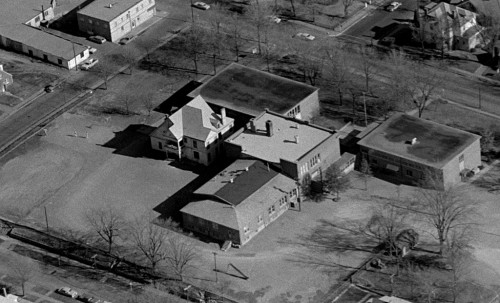 The building with the peaked roofs nestled in behind the other buildings is Trinity Hall, originally the George Alt House, built in 1903 by Capt. George E. Alt.. Missourian librarian Sharon Sanders’ From the Morgue blog has a photo of the building taken before the land was sold for the Lutheran School.
The building with the peaked roofs nestled in behind the other buildings is Trinity Hall, originally the George Alt House, built in 1903 by Capt. George E. Alt.. Missourian librarian Sharon Sanders’ From the Morgue blog has a photo of the building taken before the land was sold for the Lutheran School.
Sharon quotes historic preservation consultant Terri Foley describing the building as a two-story house influenced by the Shingle style. It may have had two stories, but it also had a sizable attic that I always wanted to explore as a kid, but there was a gate blocking off the stairway. I either didn’t have the nerve to push past it or I never found it unlatched, I don’t remember.
Fred Lynch ran a Frony picture of the kindergarten’s wooden jungle gym from 1947. The view out the window looks like the kindergarten was on the second floor, which seems right. Mrs. Kelpe’s first grade was on the first floor on the south side of the building.
Capt. Alt killed in World War I
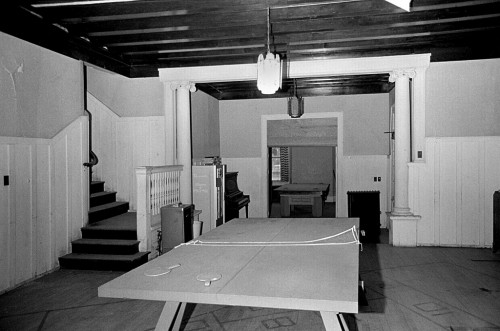 Sharon’s story said that Capt. Alt was born in Japan in 1870, while his father was working there. The elder Alt bought 20,000 acres of land in the Cape Girardeau area in 1875. Capt. Alt came here when he was 21 to manage his father’s real estate holdings. His family held grand balls and parties in the Alt House until they left the area in 1913. The following year, he returned to England to fight the Germans in World War I. He was killed in the second Battle of Ypres on April 15, 1915, becoming what some have said was the first Cape Girardeau casualty of the war.
Sharon’s story said that Capt. Alt was born in Japan in 1870, while his father was working there. The elder Alt bought 20,000 acres of land in the Cape Girardeau area in 1875. Capt. Alt came here when he was 21 to manage his father’s real estate holdings. His family held grand balls and parties in the Alt House until they left the area in 1913. The following year, he returned to England to fight the Germans in World War I. He was killed in the second Battle of Ypres on April 15, 1915, becoming what some have said was the first Cape Girardeau casualty of the war.
I’m not sure where we heard the story, but someone told us kids that “the Englishman” who lived in the house was determined that he would never sleep off English soil, so the legs of his bed were placed in cans containing soil from his native land. I’ve never seen any written account of that, but it was a cool story, nonetheless.
The Lutheran congregation bought the property for $10,000 the summer of Capt. Alt’s death. After my generation attended class there, the school was converted to a youth center in 1959. By 1967, it was beginning to look pretty shabby inside.
The smell of wet wool on radiators
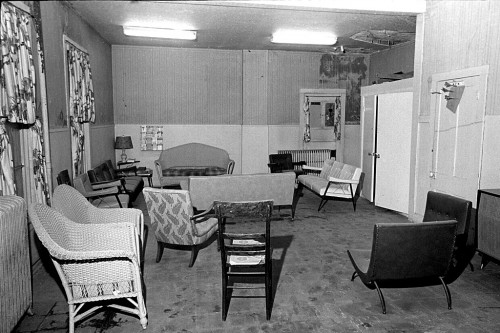 Looking at the radiator on the left side of the photo brings back the memories of wet wool drying on hot radiators on cold, snowy days.
Looking at the radiator on the left side of the photo brings back the memories of wet wool drying on hot radiators on cold, snowy days.
Destruction vs deconstruction
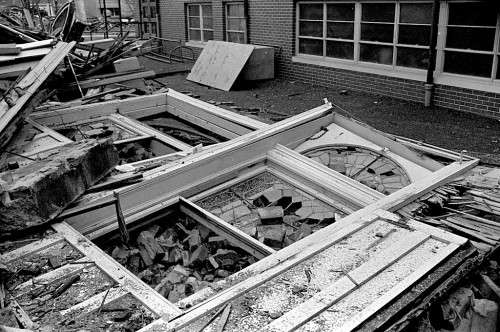 Somebody asked me the other day what the difference was between “destruction” and “deconstuction.” My first response was to say that the latter was some new high-falutin’ made-up word. Then, when I looked at this photos, the difference became clear.
Somebody asked me the other day what the difference was between “destruction” and “deconstuction.” My first response was to say that the latter was some new high-falutin’ made-up word. Then, when I looked at this photos, the difference became clear.
THIS is destruction. No pains were taken to salvage any of the beautiful details of the structure. Everything was to be ground into small pieces and hauled off.
Historical pile of rubble
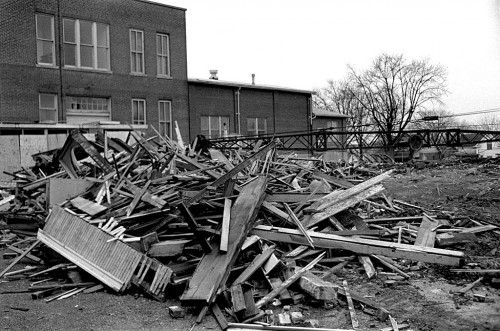 Yet one more piece of Cape Girardeau’s past was reduced to splinters. Deconstruction would have involved a slower, more precise disassembly with the goal of saving as many features as possible for reuse.
Yet one more piece of Cape Girardeau’s past was reduced to splinters. Deconstruction would have involved a slower, more precise disassembly with the goal of saving as many features as possible for reuse.
I’ve been looking for the photos I shot of the wrecking ball crashing into the building, but they’re proving elusive. They’ll show up some day.
2010 aerial of Trinity Lutheran School
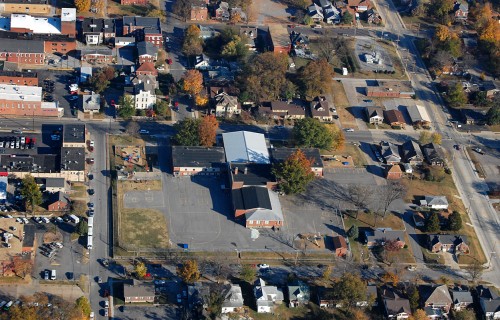 This aerial of the neighborhood looking to the east was taken November 6, 2010.
This aerial of the neighborhood looking to the east was taken November 6, 2010.
Other Trinity Lutheran School stories
- The video of the school safety patrol has some glimpses of Trinity Hall in it
- Church pledge drive publication has snapshots of Trinity Hall
- Sunday school photos
Photo gallery of Trinity Hall
Here are more photos of the razing of Trinity Hall / the Alt House. Click on any photo to make it larger, then click on the left or right side to move through the gallery.
